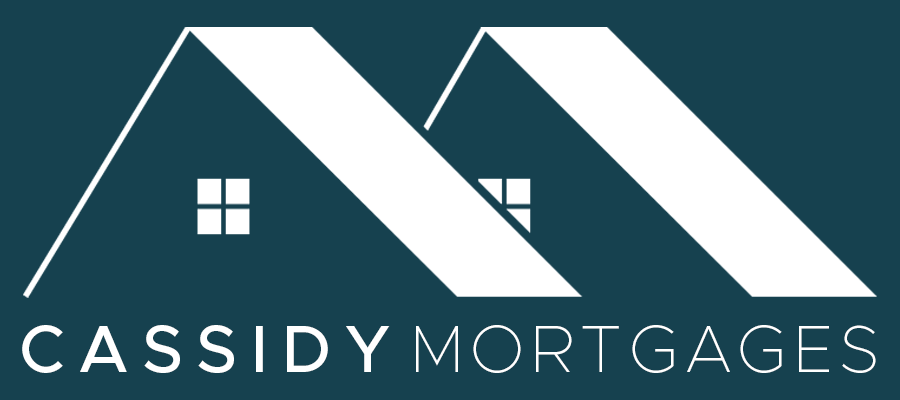Everything Homemovers Need To Know About Mortgage Porting
- hello50236
- Jan 19, 2023
- 2 min read
When buying a new property, there are many financial considerations to make, one of which includes what mortgage to get for your new home. Instead of applying for a new loan entirely, you could port your mortgage. To find out what this involves, read on.
Mortgage porting is when you stay with your existing lender but ‘port’ your loan to the new property. This means you retain the rate you currently have, which is a good option for homebuyers at the moment, who feel they might get stung by the recent high mortgage rates.
Although the deal remains the same, the amount of money you have to repay every month is likely to change. This is because it depends on the value of the property, the deposit you have to put down, and how long you want to be repaying the mortgage for.
If you need to borrow more money, you will have to ‘top up’, and the extra amount you need could end up being on a different rate.
Those who are downsizing might need to borrow less money, in which case you may not be able to take the full loan to the new property, as the loan-to-value needs to be the same as on your current mortgage.
This could mean you have to pay early repayment charges on the money you are not porting to the next property, which is typically one to five per cent of the debt, according to the Money Saving Expert’s website.
It is important to look at the figures to work out whether it is worth staying with the current mortgage provider and the rate you currently have, or move but have to pay exit fees or early repayment charges.
If you need help calculating your finances, call our mortgage brokers in Liverpool who can guide you through the process.




Comments